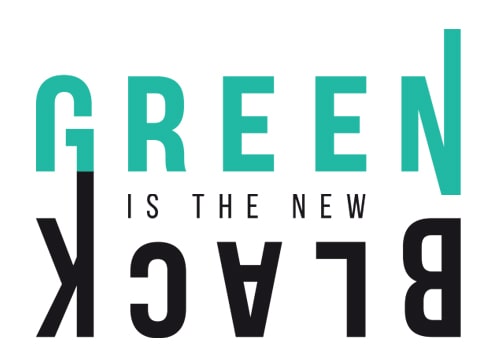
The fashion industry has a bad rep, arguably deservedly, when it comes to sustainability. The evolution of fast-fashion and instant gratification culture has fundamentally changed the way in which the Western world consume clothing. And the consequences are alarming. It’s become normal to wear garments once or twice before tossing them aside for the next hottest passing trend. Thankfully, the tide is slowly turning and consumers are wising up to brands who place profit over sustainability and people. But, as always, more needs to be done. Stat.

